Our food is more than just what sustains us. It can also be something much different. Food can speak to class divisions, changing tastes, and regional differences. But it can also signal a deep connection to history, culture, and national pride.
This can be seen in food labeling, as folklorist Michael Owen Jones explains, as “gastronationalism,” or “the practice of labeling food based on national origins to protect it as part of a nation’s heritage.”
This is how distinctions between champagne and plain old sparkling wine get made, for example. But pride in food can also lead to situations that expose more than just local lore, but as historian Ari Ariel writes, “shed light on the complicated relationships among food, nationalism, authenticity, and globalization.”
Have you ever wondered what the food you eat everyday can tell you about where you come from? Have you ever wondered why people from different parts of the world eat different types of food? Do you ever ask yourself why certain foods or culinary traditions are so important to your culture? There is more of a connection between food and culture than you may think.
We should embrace our heritage through our culture’s food but we should also become more informed about other cultures by trying their foods. It’s important to remember that each dish has a special place in the culture to which it belongs, and is special to those who prepare it. Food is a portal into culture, and it should be treated as such.
Ketchup was initially a mushroom sauce
Image credits: www.quickanddirtytips.com
According to the Oxford English Dictionary, the term ketchup first appeared in 1682 in British cookbooks. It was imported in the US by British colonists in the Thirteen Colonies. A manuscript cookbook from Charleston, South Carolina that was written in 1770 by Harriott Pinckney Horry documented a mushroom ketchup.
Many variations of ketchup were created, like walnut ketchup for example, but the tomato-based version did not appear until about a century after other types. James Mease, a prominent American scientist, horticulturist, and physician from Philadelphia, published the oldest known recipe for tomato ketchup in 1812
The etymology of the word ketchup is unclear and has multiple competing theories :
– the word could come from the Cantonese “keh jup”; The word “keh” (茄) meaning “eggplant”
– or from the Malay word kicap (pronounce “kichap”) that originally means “soy sauce”
Vindaloo curry doesn’t originate from India
Image credits: www.gandhi-strasbourg.fr
Vindaloo curry originated from Portuguese sailors’ dish carne de vinha d’alhos (“meat in garlic wine marinade”). The basic structure of the dish was “preserved” raw ingredients, packed in wooden barrels of layers of pork and garlic, soaked in red wine. This was “Indianized” by the local Goan cooks. This was adapted by the local Goan cooks with the substitution of palm vinegar for the red wine, and the addition of spices. It evolved into the localized and easy-to-pronounce dish “vindaloo”. Even though the word aloo (आलू) means potato in Hindi, traditional Goan vindalho does not include any potatoes, as the name is a corruption of a Portuguese phrase with no Hindi etymology.
Lobsters used to be considered “cockroaches of the sea”
Image credits: www.10best.com
It was fed to prisoners and apprentices, and was used as fish bait. They would actually grind up whole boiled lobsters so the prisoners would have to pick through the little bits of shell and meat. It was considered cruel and inhumane and some groups fought to have it put to an end. Yet today lobster is seen as the poshest of the posh. So, how the hell did this happen?
It starts with industrialization. When the railways began to expand across America, transportation managers realized that if no one apart from people who lived on the coast knew what lobster was, trains could serve it to inland passengers as if it were a rare, exotic item. This plan seemed to work as people started demanding lobsters beyond the railways and it didn’t hurt that around this same time in the late 1800s, chefs discovered lobsters tasted much better when cooked live. Restaurants, too, got the memo. Then during World War II, lobsters weren’t rationed like other foods, and so people of all classes began to eat it and “discover” its deliciousness. By the 1950s, lobster established itself as a luxury food item.
The naughtiest restaurant on earth
Image credits: www.alux.com
The Guolizhuang Restaurant is based in Beijing and its theme is nothing other than… sexual organs. It is specialized in cooking the male genitalia of various animal species, mainly horse, donkey, dog, ox, goat, sheep, and snake. The restaurant has a special wine as well, made of extracts of heart, penis, and blood of deer, which is said to work better than Viagra.
Markets in Guangzhou stock exotic and rare animals destined for restaurant menus, pharmacists and pet cages. It’s the world’s third-largest elicit trade behind arms and drugs with an estimated $20 billion.
Network of fledgling organisations are now challenging centuries of tradition in bid to change consumer appetites
The restaurant run by robots
Image credits: www.alux.com
The Hajime restaurant in Bangkok is the first and only restaurant which has a staff made entirely of robots. This futuristic diner has its entire personnel made of robots that costed around $1 million. And yes, they are the ones that take your order, cook it, and serve it to you.
The robots are assisted by few human staff, and after they serve the dishes they also become animators, by dancing and putting up a show.
The volcanic restaurant
Image credits: www.industrytap.com
At the Timanfaya National Park on the island of Lanzarote off the coast of Morocco, El Diablo restaurant makes use of the geothermal energy from a dormant volcano to cook food. This volcano last erupted in 1824; scientists foresee very little chance of the Timanfaya National Park erupting soon.
Architects Eduardo Caceres and Jesus Soto developed a non-conventional cooking system by using nine layers of volcanic basalt rock to make the grill. The restaurant uses the 450 – 500 degree Celsius geothermal heat for cooking. It has been operating since 1970.
The world’s oldest restaurant
Located within the walls of St Peter’s Abbey in Salzburg, Austria, St. Peter Stiftskulinarium (renamed Stiftskeller St. Peter in 2017) is the oldest restaurant on earth. It is speculated to have been operating since before AD 803. The claims of the Stiftskeller’s age are based on the writings of English scholar Alcuin of York, who served Emperor Charlemagne and Bishop Arno of Salzburg. Christopher Columbus, Johann Georg Faust, and Wolfgang Amadeus Mozart are said to have been served at this restaurant
Hot dogs are a more “serious” thing than you think
Image credits: www.marmiton.org
The National Hot Dog and Sausage Council (NHDSC) says it is unacceptable to place ketchup on your hot dog after the age of 18. Mustard, relish, onions, cheese, and chili are acceptable.
And don’t put hot dog toppings between the hot dog and the bun. Always “dress the dog,” not the bun.
Condiments should be applied in a very precise order: wet condiments like mustard and chili are applied first, followed by chunky condiments like relish, onions and sauerkraut, followed by shredded cheese, followed by spices, like celery salt or pepper.
The world’s most expensive dish
“Pudding At The Lindeth Howe” costs $35,000.00.
Chef Marc Guibert created this Faberge egg-shaped masterpiece from four varieties of exclusive Belgian chocolate, Sicilian orange zest, fine single malt Scotch whiskey and of course, caviar. Layers of champagne jelly separate the chocolate shell, which is dusted in pure gold powder and leaf. The cherry on top is replaced by a 2 carat diamond. Due to its outrageous price tag, so far no one has come forward to try this exorbitant desert, meaning it’s yet to find its place in the Guinness Book of World Records.
The Peruvian Last Supper
Image credits: steemit.com
In Peru, guinea pigs are such a large part of the traditional cuisine that the Cathedral Basilica has a rendition of the last supper that depicts Jesus dining on a guinea pig, painted by a Peruvian Quechua painter and member of the Cusco School, Marcos Zapata in 1753.
The world’s smelliest food
Image credits: fr.wikipedia.org
Surströmming is a Swedish delicacy made by fermented Baltic Sea herring. It smells so bad that several airlines have banned passengers from carrying tin cans of this stuff. In one case, a tenant was evicted in Germany after spreading the Surströmming brine in the stairway. The landlord was taken to court, where he brought a can of Surströmming as evidence. After being opened, the court unanimously ruled in his favor because of the smell.
The world’s hottest curry
Image credits: cuisine.journaldesfemmes.fr
“The Widower” is a dish from Grantham, England made with 20 Naga Infinity Chillis – the second hottest on the planet – and claimed to be the world’s hottest curry.
Ian Rothwell is the only person to ever finish it. He took an hour to finish it and spent 10 minutes of that time hallucinating due to the endorphin rush.
It tops six million units on the Scoville Scale and is hotter than a drink of anti-riot tear gas. Chefs have to wear goggles to make it
Rice represents over 20% of all calories collectively consumed by humanity
Image credits: www.qalanews.com
Domesticated rice is the most widely consumed staple food for over half of the world’s human population, especially in Asia and Africa. It is the agricultural commodity with the third-highest worldwide production, after sugarcane and maize. Since sizable portions of sugarcane and maize crops are used for purposes other than human consumption, rice is the most important food crop with regard to human nutrition and caloric intake, providing more than one-fifth of the calories consumed worldwide by humans.
World’s food isn’t as diverse as you think
Image credits: www.planet-puzzles.com
According to the Food and Agricultural Organization of the United Nations, 75% of plant genetic diversity has been lost, as farmers worldwide have left their multiple local varieties for genetically uniform, high-yielding varieties. Of the 250,000 to 300,000 known edible plant species, humans use only 150 to 200. Six livestock breeds are lost each month in favor of high production practices. Today, 75 percent of the world’s food is generated from only 12 plants and 5 animal species.
Caviar used to be considered cheap peasant food
Russian fishermen learned to farm caviar as early as the 12th century and for centuries it was considered nothing more than cheap peasant food, served with porridge and eaten by the bowlful. However, once Ivan the Terrible got a taste for it, its status changed and it has remained a delicacy since.
By the way, all caviar is fish roe, but not all fish roe is caviar. Caviar must come from one of the 27 species of sturgeon on the planet. No other type of fish roe counts as caviar.
It’s not hard to spend a good chunk of your paycheck on caviar, but nothing quite compares to the cost and exclusivity of Almas caviar, the most expensive on the planet, also known as Black Gold. This caviar must come from a rare female albino Beluga sturgeon in the southern Caspian Sea, and the pearls are a gleaming, golden color like no other roe on the planet. A pound of Almas will cost you nearly $20,000, so start saving now.
Tea bags may have been created by accident
Image credits: www.infeagle.com
Although Brits are famous for their tea obsession, it was an American who ultimately revolutionized the leafy drink. New Yorker Thomas Sullivan is credited with creating tea bags. He would send samples of the product in silk bags and people started to throw them into the teapot. And, that’s how tea bags came to be. The first commercial tea bags were successfully marketed in 1904. By the 1920s the bag was a firmly established way of drinking tea in America.
Mac and cheese is older than you think
Pasta and cheese casseroles were recorded in the 14th century in the Italian cookbook, Liber de Coquina, which featured a dish of Parmesan and pasta. A cheese and pasta casserole known as makerouns was recorded in the 14th century medieval English cookbook, the Forme of Cury. The first modern recipe for macaroni and cheese was included in Elizabeth Raffald’s 1769 book, The Experienced English Housekeeper.
The cheesecake was probably an Ancient Greek invention
Image credits: www.thespruceeats.com
The first “cheese cake” may have been created on the Greek island of Samos. Physical anthropologists excavated cheese molds there which were dated circa 2,000 B.C.E. In Greece, cheesecake was considered to be a good source of energy, and there is evidence that it was served to athletes during the first Olympic games in 776 B.C.E.
Ice creams are older than you think
Image credits: meet-thelocals.com
The ancient Egyptians knew how to mix fruit juices with ice, according to paintings found. Alexander the Great of Greece and, progressively, of most of Asia minor, is known to have kept a stock of frozen snow to refresh his armies. The Romans had ice and snow mixed with their juices and wines for cooling effects
Avocado toasts are older than you think
Image credits: www.slate.fr
Avocados are a native fruit of the Americas with their likely origin being Central Mexico. The trees and fruit have been cultivated by pre-Columbian civilizations from South Central Mexico for nearly 9,000 years. As such, sliced or mashed avocado has been eaten on some sort of bread, flatbread, or tortilla (often heated or toasted) since humans first started consuming avocados, and before any documented or written history.
Chewing gums are older than you think
Image credits: www.worldatlas.com
The oldest chewing gum found, a lump of bark tar with well-defined tooth prints, dates back to 5,000 years ago. In the ancient days the Greeks chewed mastiche whereas Eskimos chewed blubber, South Americans chewed coca leaves, early US settlers chewed tobacco leaves, Native Americans chewed sugar pine, and the Mayan Indians chewed chicle.
Hot chocolate is older than you think
Image credits: ourplace.co
The Mayan and Aztec cultures were the first to make “hot chocolate.” This precursor to hot chocolate was used for religious ceremonies, including coming-of-age celebrations and weddings. This bitter, spicy drink was called Xocolatl.
Evidence suggests that cocoa may have been fermented and served as an alcoholic beverage as early as 1400 BC. Ceramic vessel with residues from the preparation of chocolate beverages have been found at archaeological sites dating back to the Early Formative (1900–900 BC) period. For example, one such vessel found at an Olmec archaeological site on the Gulf Coast of Veracruz, Mexico dates chocolate’s preparation by pre-Olmec peoples as early as 1750 BC. On the Pacific coast of Chiapas, Mexico, a Mokayanan archaeological site provides evidence of cacao beverages dating even earlier, to 1900 BC.
A study, published online in Nature Ecology and Evolution, suggests that cacao was domesticated, or grown by people for food, around 1,500 years earlier than previously thought.
Cotton candy was created by a dentist
Image credits: picjumbo.com
Weirdly enough, cotton candy was invented in 1897 by a dentist. He partnered with a confectioner, and they created cotton candy, which at the time was called “fairy floss.” Eventually, another dentist created a similar fairy floss machine in 1921 and called the confection “cotton candy,” which stuck better than the previous name.
Margarine could have been pink
Image credits: bestglitz.com
In the 1870s, margarine, the economical rival to butter, was mandated in New Hampshire to be dyed pink in order to help dairy farmers. Their reasoning was that nobody would buy pink margarine.
Hot dogs are not American
Image credits: www.thespruceeats.com
Sausage is one of the oldest forms of processed food, having been mentioned in Homer’s Odyssey as far back as the 9th Century B.C.
Frankfurt-am-Main, Germany, is traditionally credited with originating the frankfurter. However, this claim is disputed by those who assert that the popular sausage – known as a “dachshund” or “little-dog” sausage – was created in the late 1600’s by Johann Georghehner, a butcher, living in Coburg, Germany. According to this report, Georghehner later traveled to Frankfurt to promote his new product.
It’s said that the frankfurter was developed there in 1487, five years before Christopher Columbus set sail for the new world. The people of Vienna (Wien), Austria, point to the term “wiener” to prove their claim as the birthplace of the hot dog. As it turns out, it is likely that the North American hot dog comes from a widespread common European sausage brought here by butchers of several nationalities. Also in doubt is who first served the dachshund sausage with a roll. One report says a German immigrant sold them, along with milk rolls and sauerkraut, from a push cart in New York City’s Bowery during the 1860’s. In 1871, Charles Feltman, a German baker opened up the first Coney Island hot dog stand selling 3,684 dachshund sausages in a milk roll during his first year in business.
The royal origins of the pizza Margherita
Image credits: www.platetrecette.fr
The pizza Margherita owes its name to Italy’s Queen Margherita who in 1889 visited the Pizzeria Brandi in Naples. The Pizzaiolo (pizza maker) on duty that day, Raffaele Esposito created a pizza for the Queen that contained the three colors of the new Italian flag.
You may have never eaten Wasabi
Image credits: www.saviva-blog.ch
Due to issues that limit the Japanese wasabi plant’s mass cultivation and thus increase its price and decreased availability outside Japan, the western horseradish plant is generally used in place of the Japanese horseradish.
Pretzels don’t originate from Germany
They may have originated in 610 AD when an Italian monk folded the dough to resemble arms crossing the chest in prayer, called “pretiola” (little rewards). He would reward children who learned their prayers with them.
Tomato sauce is not Italian at all but Mexican
Image credits: www.cuisinart.com
The first tomato sauces were already being sold in the markets of Tenochtitlan when Spaniards arrived and had many of the same ingredients (tomatoes, bell peppers, chilies) that would later define Italian tomato pasta sauces 200 years later.
Tempura isn’t originally a Japanese dish
Image credits: www.marieclaire.fr
Earlier Japanese deep-fried food was either simply fried without breading or batter, or fried with rice flour.
However, toward the end of the 16th century, fritter-cooking with a batter of flour and eggs was acquired in Nagasaki from Iberian missionaries. It was a way to fulfill the fasting and abstinence rules for Catholics surrounding the quarterly ember days (Spanish: Témporas). Portuguese and Spanish, both Neo-Latin languages, inherited Têmpora and Témpora from the Latin Tempora. Hence the etymology of the word.
In those days, tempura was deep-fried in lard with a batter of flour, water, eggs, and salt; unlike today, it was eaten without dipping sauce.
In the early 17th century, around the Tokyo Bay area, tempura ingredients and preparation underwent a remarkable change as the Yatai (food cart) culture gained popularity. Making the best use of fresh seafood while preserving its delicate taste, tempura used only flour, eggs and water as ingredients and the batter was not flavored. As the batter was mixed minimally in cold water, it avoided the dough-like stickiness caused by the activation of wheat gluten, resulting in the crispy texture which is now characteristic of tempura. It became customary to dip tempura quickly in a sauce mixed with grated daikon just before eating it.
Today in Japan the mainstream of tempura recipes originate from “Tokyo style (Edo style)” tempura, which was invented at the food stalls along the riverside fish market in the Edo period.
The modern tempura recipe was first published in 1671
‘Burrito’ means ‘little donkey’ in Spanish
Image credits: ici.radio-canada.ca
Before the development of the modern burrito, the Maya civilization of Mexico used corn tortillas as early as 1500 B.C. to wrap foods. The name burrito, as applied to the dish, possibly derives from the tendency for burritos to contain a lot of different things similar to how a donkey would be able to carry a lot.
Pasta was not imported by Marco Polo from China
Image credits: www.todayifoundout.com
Pasta goes all the way back to the Etruscan civilization (between the third and eighth centuries B.C.E.). The modern pasta like we know it was first described in 1154 by an Arab geographer, Idrisi, as being common in Sicily. So Marco Polo could not have brought pasta to Italy via China. It was already in Italy at that time. Most food historians believe that pasta was introduced to Italy during the Arab conquests of Sicily in the 9th century
French fries aren’t actually French. They’re Belgian.
Image credits: www.lostintheusa.fr
Belgium claims a 1781 family manuscript proves they were invented there. It’s likely that World War Two U.S. Army grunts nicknamed the twice-fried, long-cut (julienned) potatoes that they encountered in southern Belgium “French fries” simply because southern Belgians speak French.
The croissant originates from Austria
Image credits: sixtyandme.com
The real “father of the croissant” was the Austrian artillery officer August Zang, who opened his first Viennese bakery in Paris around 1838.
The best baguette in Paris
Image credits: cuisine.journaldesfemmes.fr
Paris holds an annual contest to find the city’s best baguette. Around 200 bakers each submit two baguettes (must be eligible) to be graded on quality, look, smell, taste, and crunch. The winner wins €4000 and a contract to supply the French president fresh baguettes every day for 1 year.
Pepperoni is an American invention
Image credits: thucphamxongkhoi.net
In Italian, “peperoni” means “bell peppers”. There is no Italian salami by that name. The first use of “pepperoni” to refer to a sausage dates to 1919, during a period when Italian butcher shops and pizzerias began to flourish in New York City. In reality, pepperoni was probably born on Mulberry Street or Bleecker Street in Lower Manhattan.
Broccoli is a man-made food
Image credits: www.nzherald.co.nz
Broccoli as we know it is the result of the selective breeding of wild cabbage plants that started around the 6th century BCE. It became popular in modern times only when, in the 16th century, farmers in Italy started growing it. It came to England only in 1720 and to America, much later, in the last century.
Nachos are named after their inventor, Ignacio “Nacho” Anaya
Image credits: www.marmiton.org
The dish was originally called “Nacho’s especiales,” and eventually the apostrophe disappeared and it was shortened to just “nachos.”
Salmon sushi is not a Japanese dish
Image credits: if.smaki-maki.com
It was created by the Norwegian salmon industry in the early 90s to sell Atlantic salmon to Japan. Because Pacific salmon is known to carry parasites, it took a decade for Japanese people to trust the dish.
In Venezuala, Capybara is … a fish !!?
Image credits: natureetzoo.fr
Capybara are native to South America, where the meat is considered a delicacy. Salt-cured capybara (the largest living rodent) is consumed during Lent in Venezuela, where the popularity of the dish prompted the Vatican to declare that capybara isn’t meat but fish.
1Kviews
Share on FacebookFantastic article! Interestingly, Australia still uses the name 'fairy floss' instead of cotton candy.
The penis restaurant in Beijing (Guolizhuang) apparently doesn't exist anymore.
Fantastic article! Interestingly, Australia still uses the name 'fairy floss' instead of cotton candy.
The penis restaurant in Beijing (Guolizhuang) apparently doesn't exist anymore.
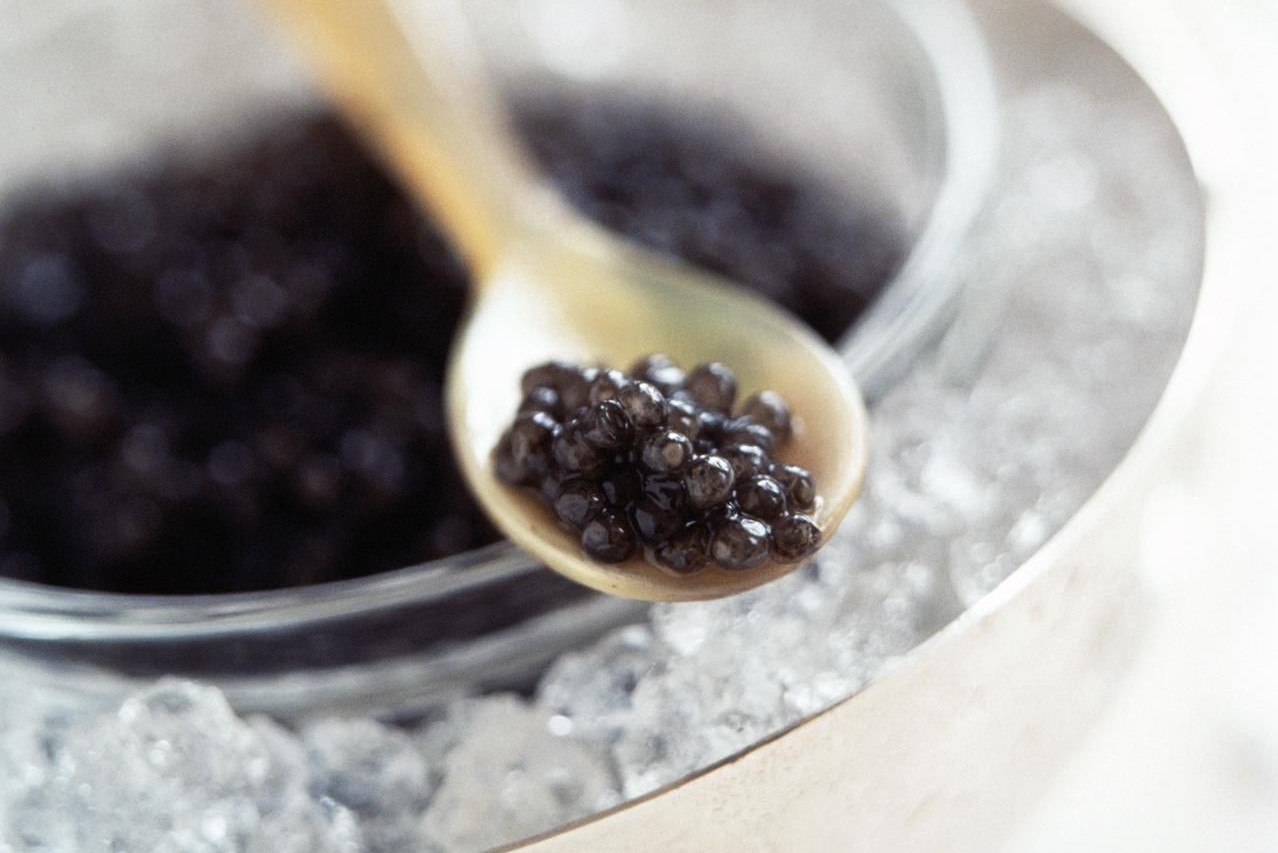
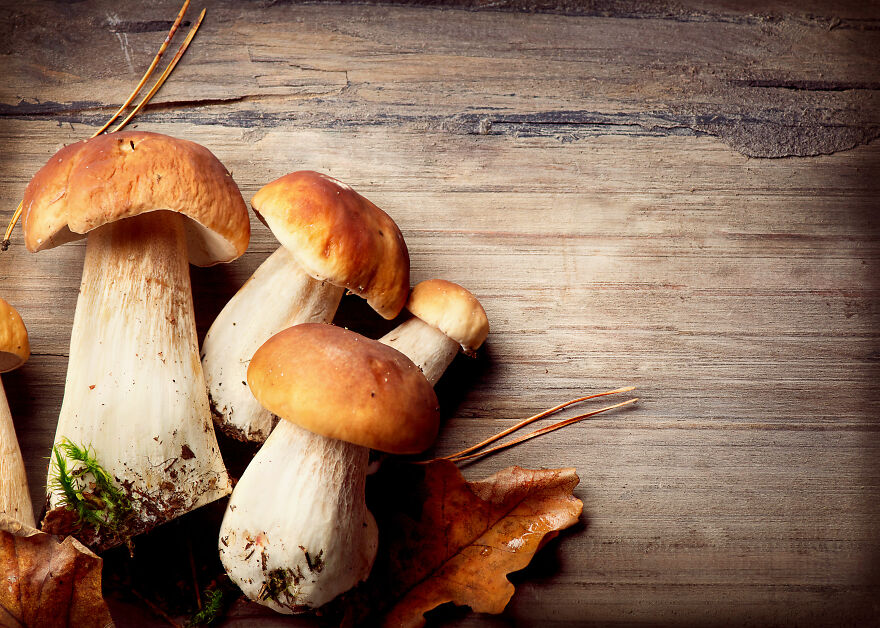

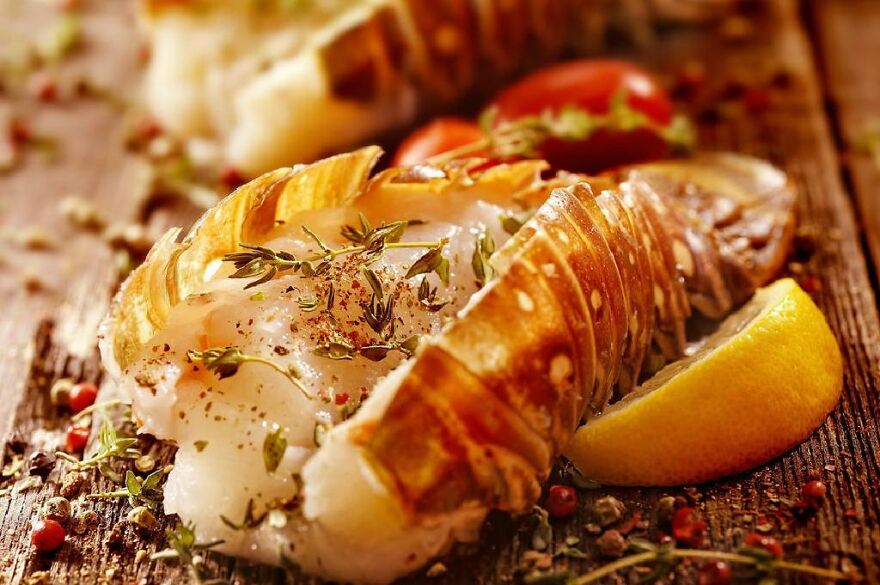

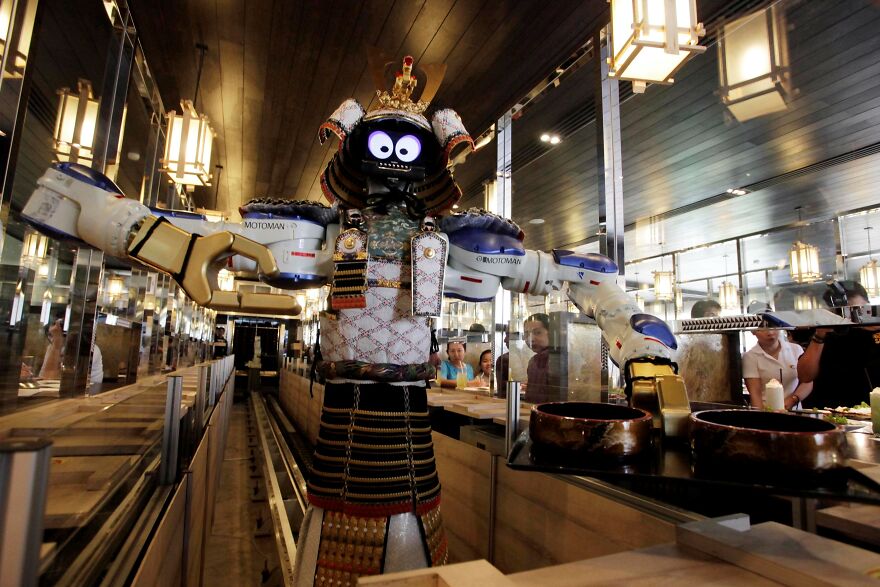

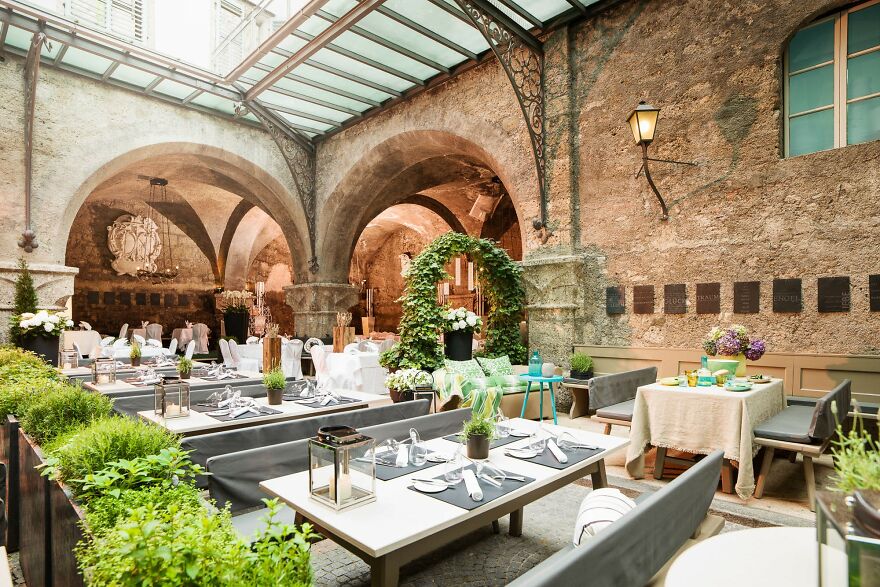


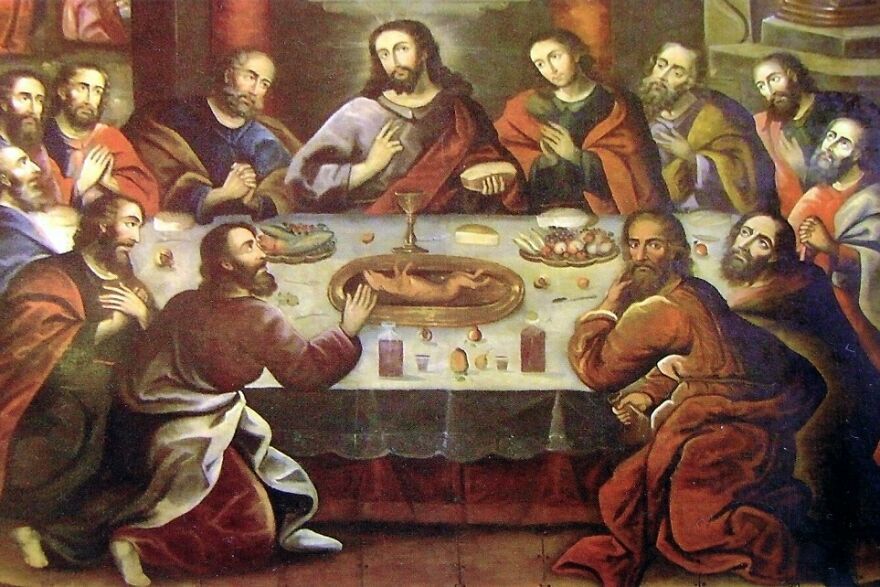
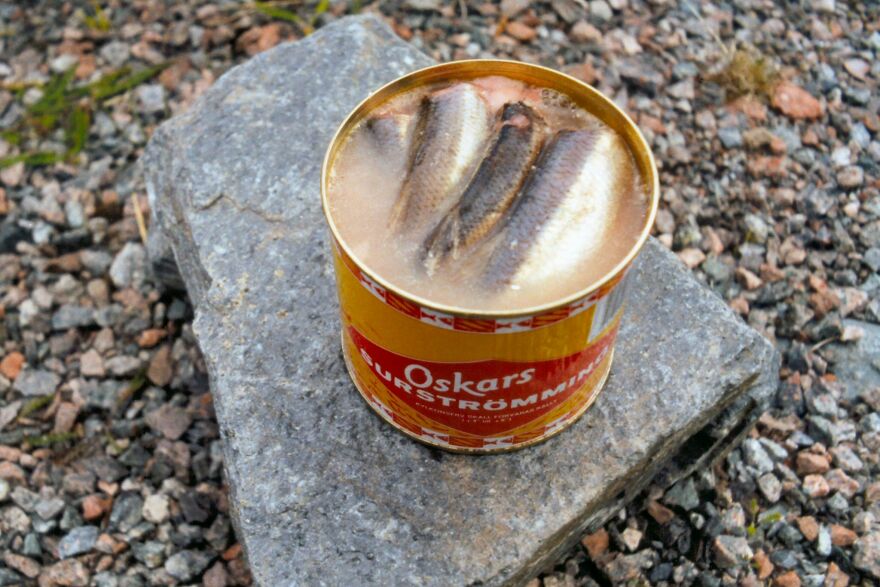


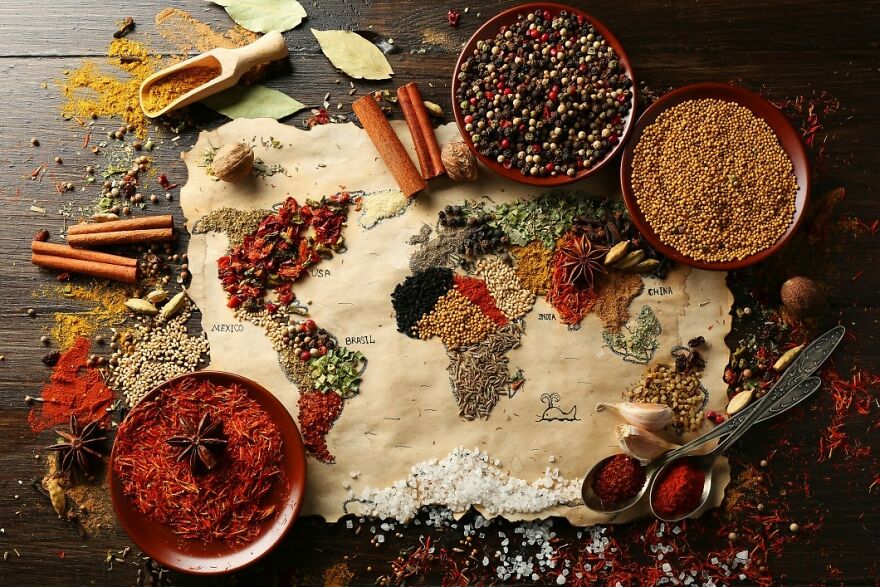
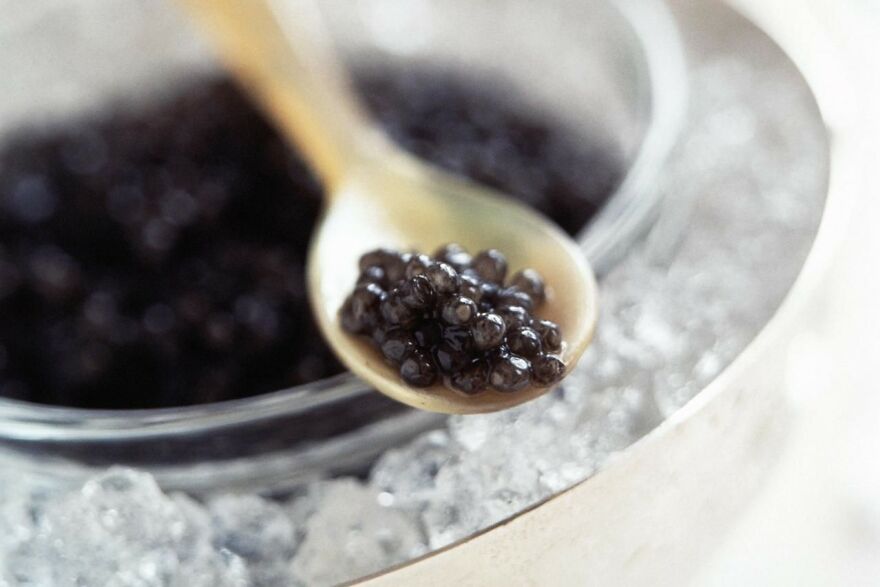




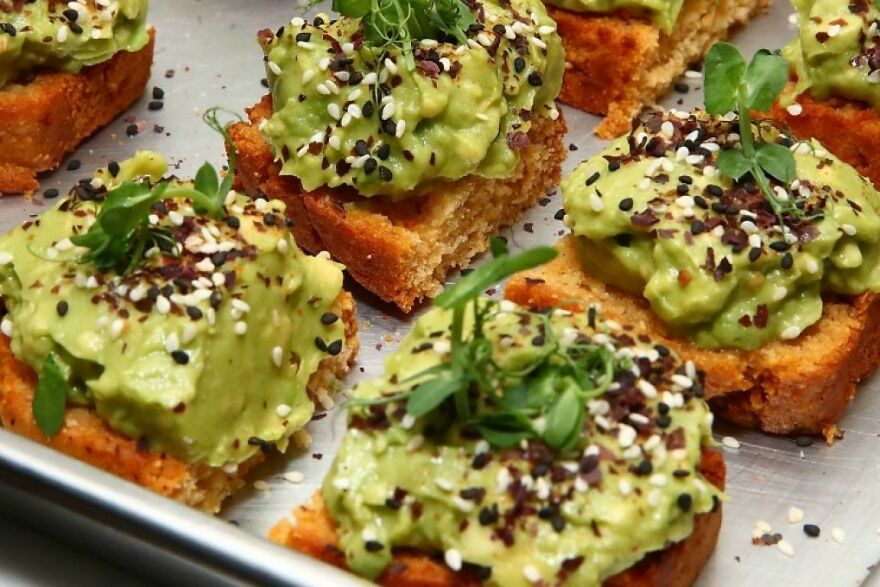

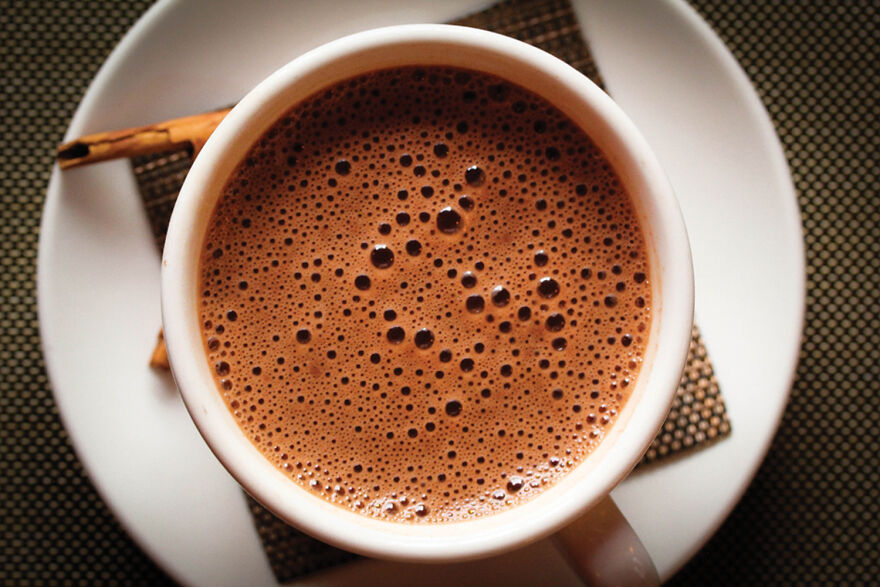

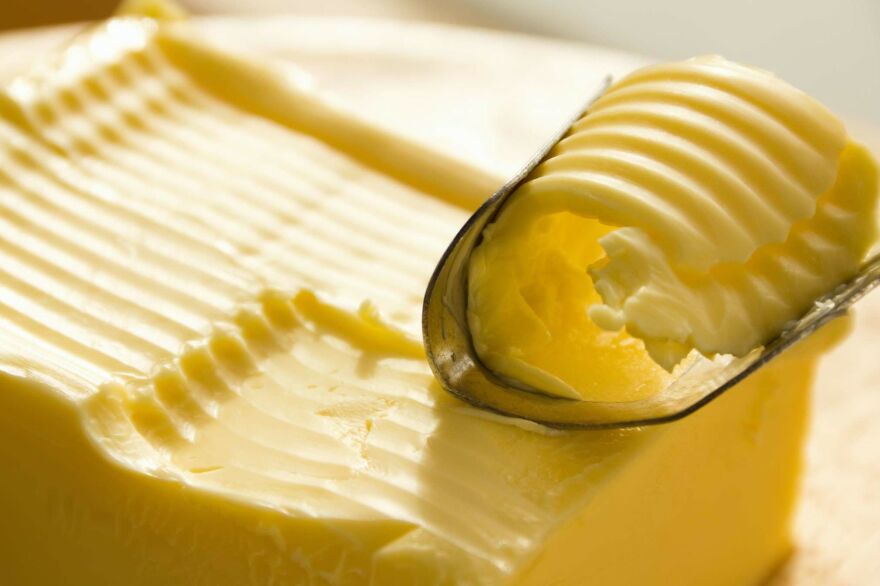


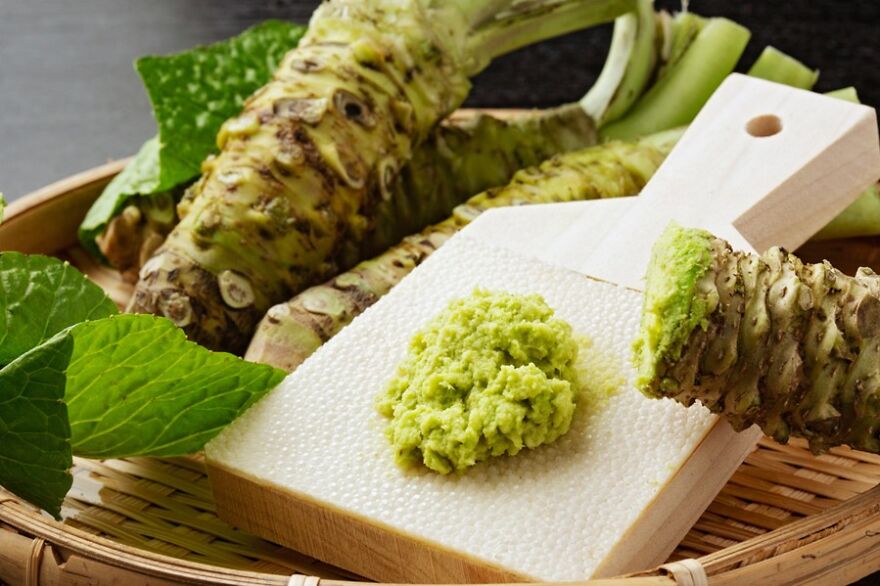

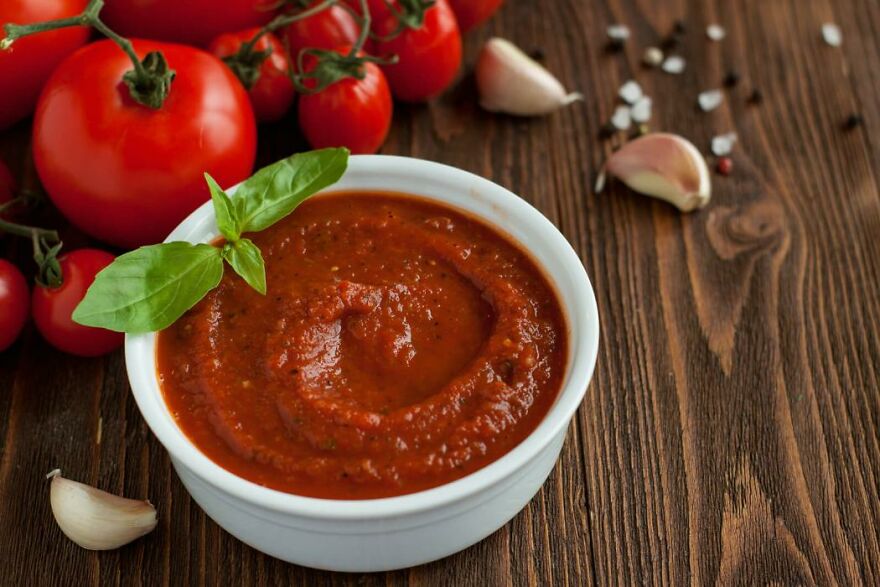
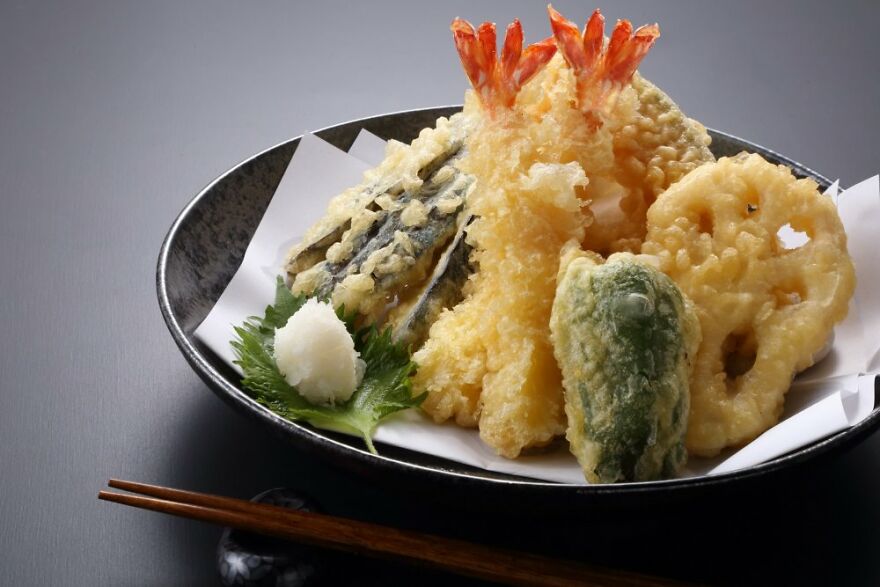
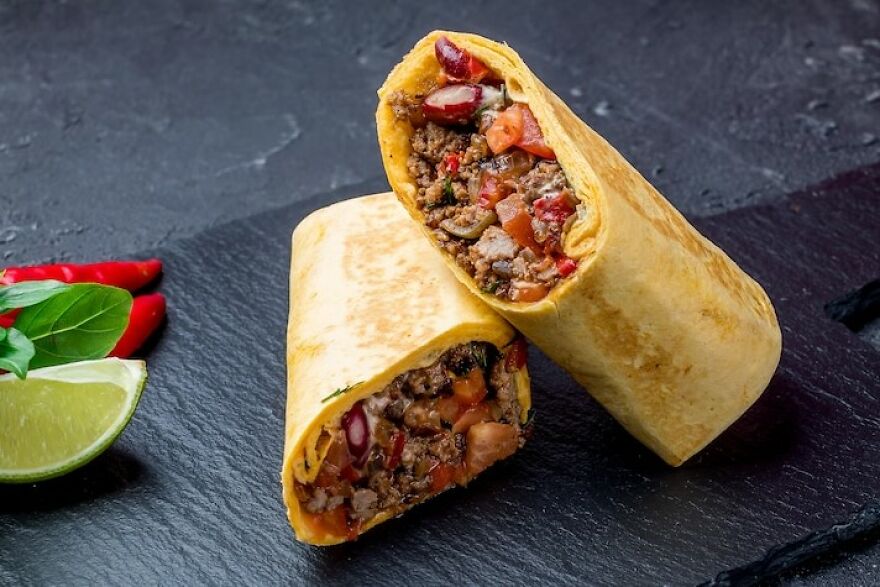
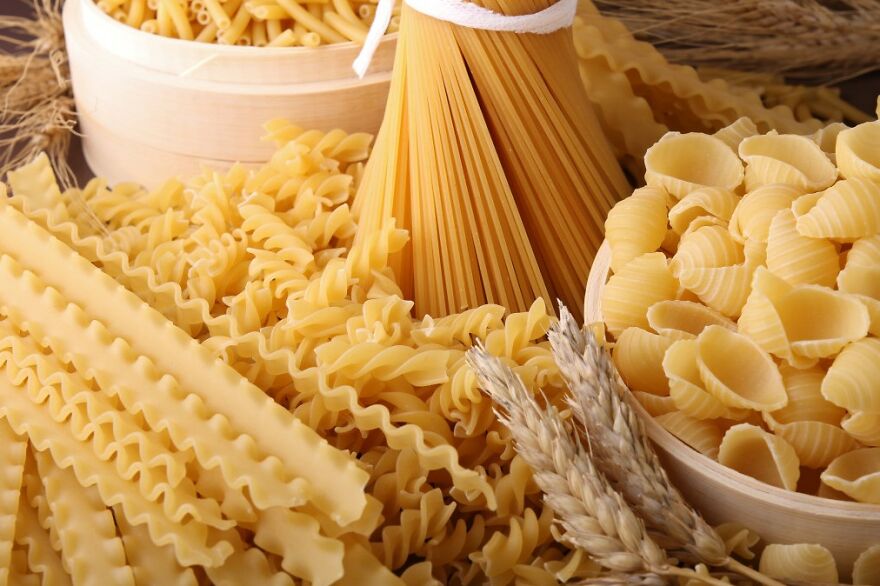


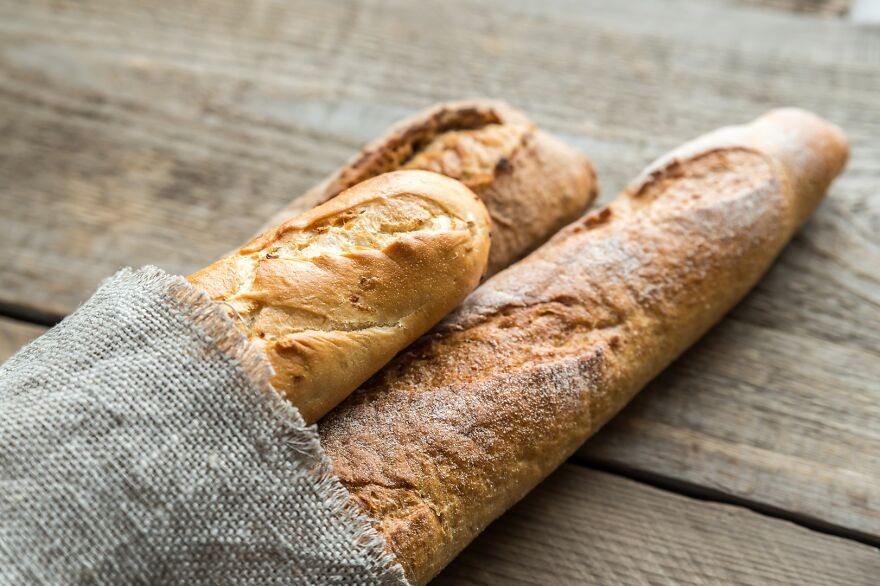
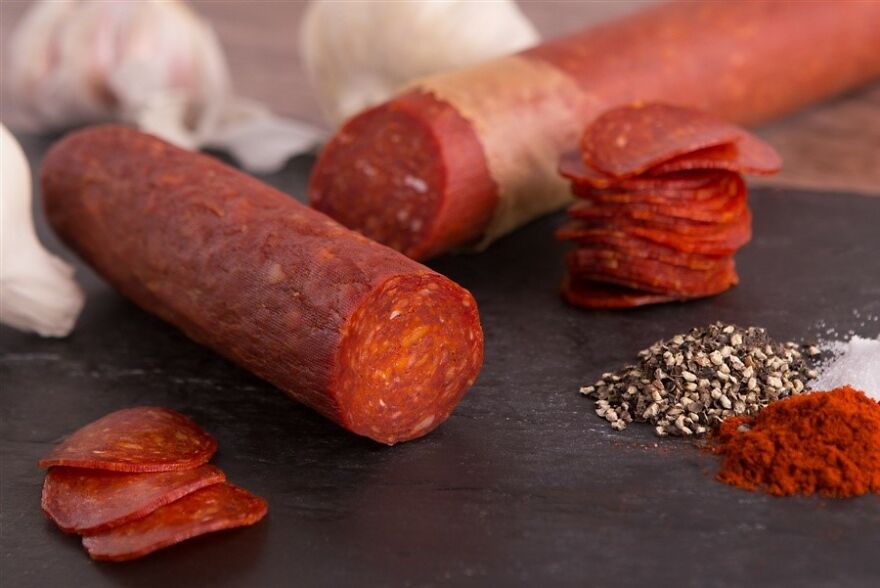
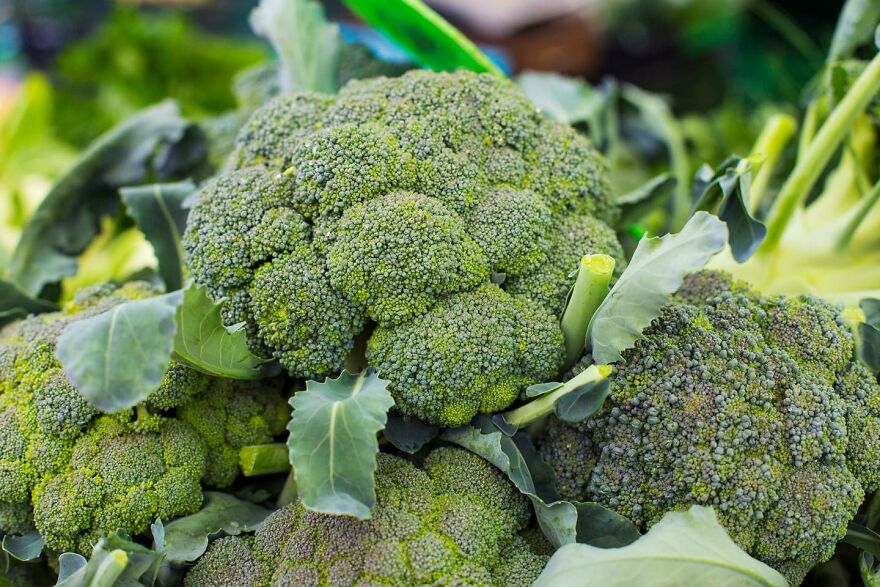
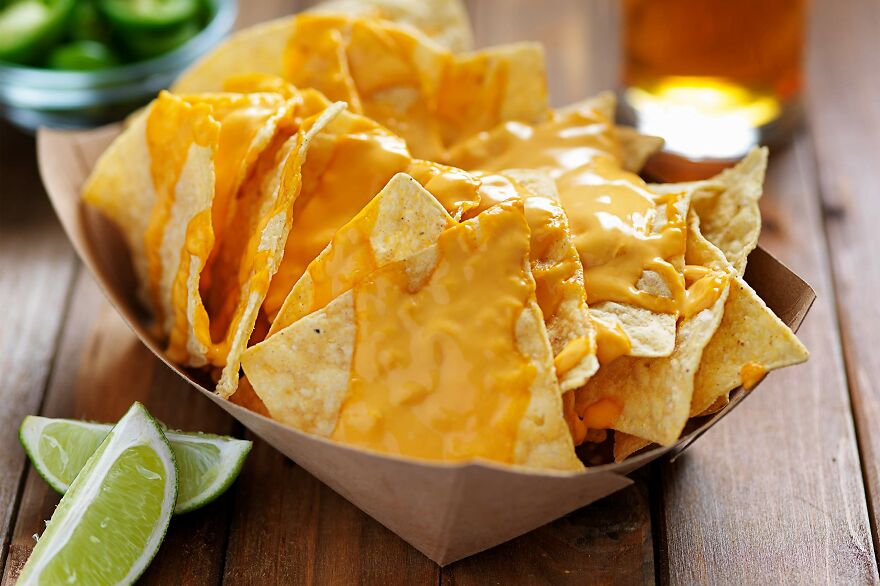
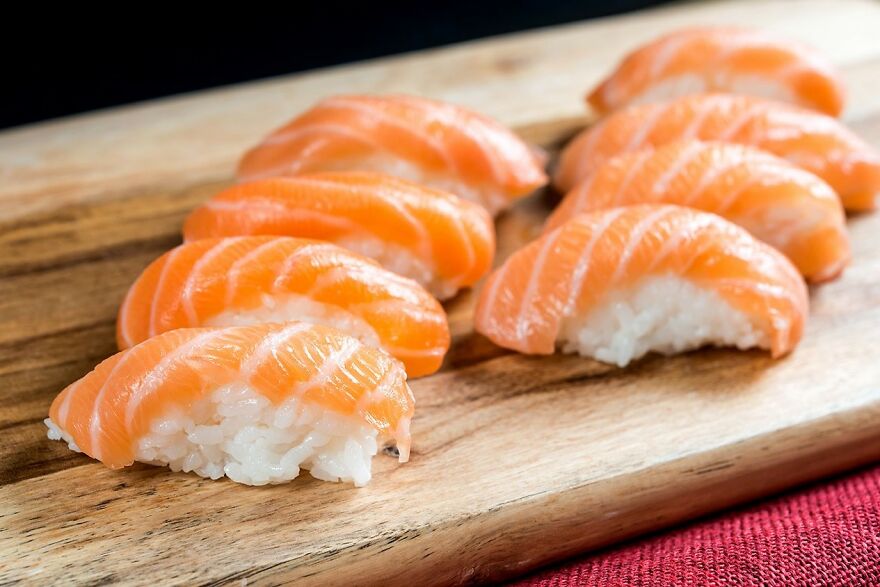





4
4